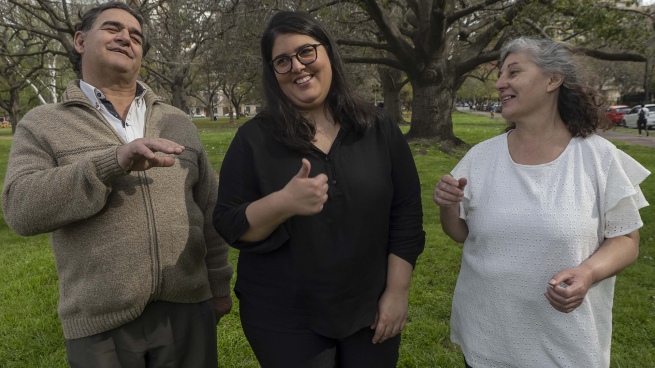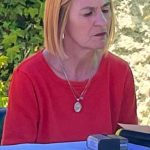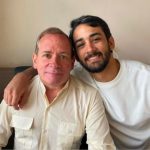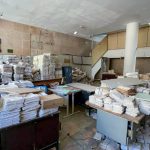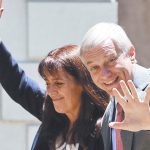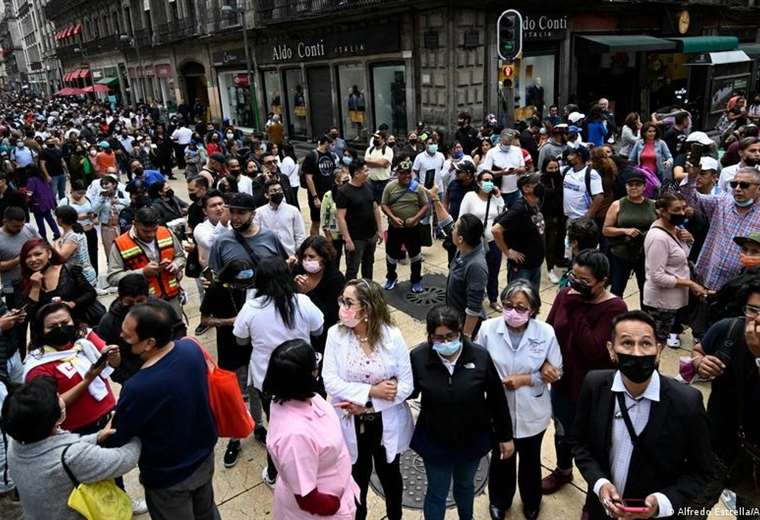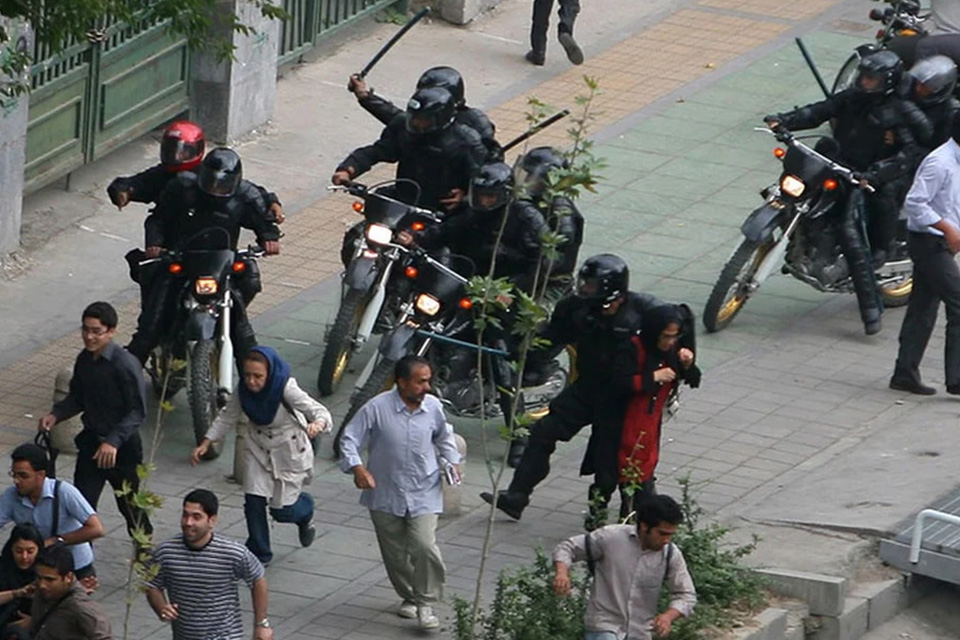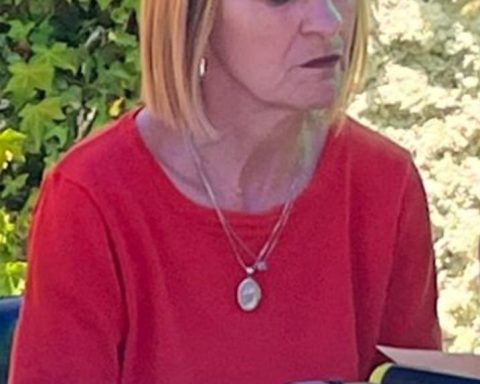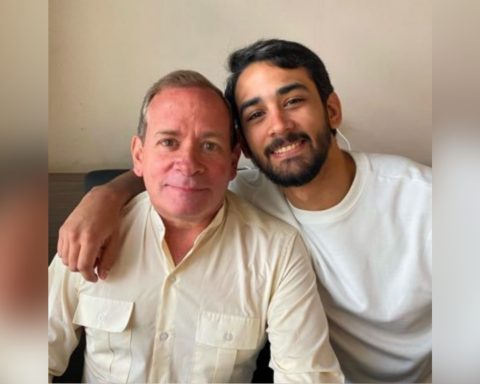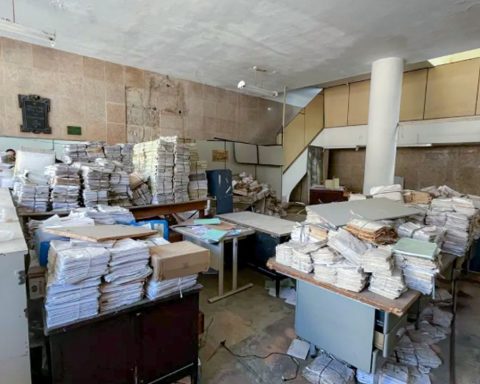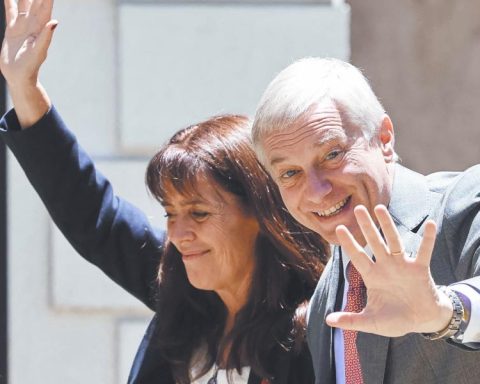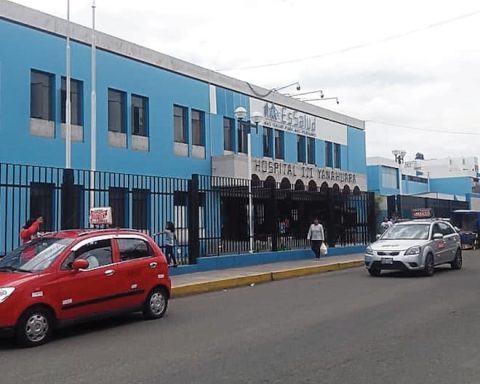Hearing sons and daughters of deaf fathers and mothers, recognized as CODA (for its acronym in English Child of Deaf Adults), called “empirical interpreters”, feel “like a fish in water” in both communities, they said when telling how it is built that identity that fluctuates between the hearing and deaf world, the National Day of the Deaf.
“We CODA are neither deaf nor hearing, in sociological terms. It is a third look, beyond the bridge that we naturally constitute between the two cultures due to the conditions in which we were born,” Gabriela Bianco (53), daughter of deaf parents.
Thus, the definition of hearing and deaf for CODA is “thin”, and there is no dichotomy, but a different configuration.
“I feel part of both communities. Although it has been a difficult issue among deaf people because on the one hand we have fulfilled many functions since we were children, but on the other hand we are privileged members for being able to hear. The CODA identity arises from there” , specified the actress and theater teacher who lives in Ciudad Evita, a town in the La Matanza district.
Bianco announced that last week CODA Argentina, an NGO that brings together an intergenerational group of CODAS that ranges from 18 years to the oldest of 70, chaired by Gabriela Kowal, was institutionalized in the general inspectorate of justice.

“When we were boys and girls of my generation, the experience has been to care, to bring the big world to the boy, to filter cultural issues, that’s why we are called empirical interpreters. We have had to be interpreters in situations that generate discomfort“, he detailed.
For this reason, he emphasized thatwe must work in the field of health and education to be able to include deaf people as speakers of another language“.
Bianco grew up with parents who spoke in LSA, bells with lights to enter rooms, and sound stimuli from the radio, television, and contact with her neighbors and grandparents.
Daughter of Susana Bianco (73) and Ovidio Martinez (80), who presided over the Association of the Deaf for Mutual Aid (ASAM), in the period 1986-1992, he recalled that his parents’ generation maintained a community life, where LSA was a stigmatized language and deaf people did not speak in public.
“I like to tell what gave one of my works its name. When I was a girl I got into a taxi with my mom. I didn’t want the driver to realize that I was deaf. The man asked me where we were going. I mispronounced the address because it was misspelled. The man corrected me, and I told my mom to pronounce it right,” Bianco recalled.
Thus, the taxi driver asked the young woman if she was a foreigner, to which her mother replied “tell her I’m French.”
That’s why, the actress considered that it is necessary to bet on paradigm changes and recognize the existence of the LSA“because there are many people who speak it and because it will facilitate and expand the lives of deaf people, their families and their extended community”.
According to the Ministry of Health of the Nation, hearing disability constitutes approximately 18% of the disabilities that exist in Argentina, of which 86.6% represents hearing difficulties and 13.4% corresponds to deafness.
According to the Ministry of Health of the Nation, hearing disability constitutes approximately 18% of the disabilities that exist in Argentina, of which 86.6% represents hearing difficulties and 13.4% corresponds to deafness.
Jorge González (65) and Cristina Becerra (62), live in Palermo, Federal Capital.
They are two deaf people who have been married for 41 years and have a CODA daughter, Sabrina González (39).

“When Sabri was a baby she had a light in her crib that came on when she cried. Then when she was around 3 years old she started to learn sign language just by seeing us. My wife’s sister kept telling her that her parents were deaf,” told Télam González through Sabrina as an interpreter.
Likewise, Becerra commented that when her daughter was a baby “she was attentive to the closest time she could cry to eat” and when she started school her sister was the one who helped her with homework and school meetings.
Meanwhile, González admitted that “coexistence between the hearing and deaf worlds is not easy. There are accessibility limitations.”
Although he acknowledged that today with technology it is “easier” and “comfortable”.
“We live alone so we always have our cell phones on, if you have an emergency situation you write to someone,” he said.
Sabrina is an LSA interpreter, and is a member of the Asociación Creando Nexos, which today produces the CNSordos channel.
“In my house there was never silence. The myth is that the house of deaf people is silent but it is the opposite, because by not listening there are blows and noises. When I was a girl, my mother turned the radio on loud because she could not know what volume it had and in her imagination it was that I had to listen to voices, “she specified.
Contrary to hearing childhoods, CODAs acquire tools to call their parents.
“It happened to me in the bathroom of the family home that if you forgot the towel or something there was no ‘mom catch me’. I was lucky that there was like a little window where a brush fluttered so that they would detect that I was calling them,” he narrated.
It was her aunt who learned sign language since at the time of her grandparents the idea was conceived that children had to be oralized.
“There is some interest in continuing to use the implant or hearing aids as the only possible means or lack of knowledge and ignorance of professionals who do not offer the full range of possibilities. I am of the idea that parents can educate their children with what that they better believe but I consider 100% that sign language is the most natural and happy path for a deaf person,” he said.
Thus, he mentioned that the LSA is “transversal to everything”, it is a language.
“My mother, before she was 14 years old, did not know the LSA and knowing her has another power of expression and understanding of the world”, he affirmed.
Regarding what it means to be immersed in the deaf and hearing culture, she said that “it is something that all people who are bilingual must experience, to be able to live and see the world in different ways.”
“Many tell me you are hearing, but I grew up where there were deaf parents, and if you ask me how they see the world, I understand it the same way. I feel like a fish in water in either of the two communities. That you have to build as CODA so as not to stay in the middle but to realize that you are in both, “she said.
However, like Bianco, he indicated that at the time of his parents the interpreter was not a professional in the country, but that role was fulfilled by a relative.
In this way, there are CODAS that feel pressured to interpret or make decisions, because it is the context that generates them, and “or it is more difficult to recognize that one needs an interpreter and not burden a hearing child with that responsibility” , he concluded.
